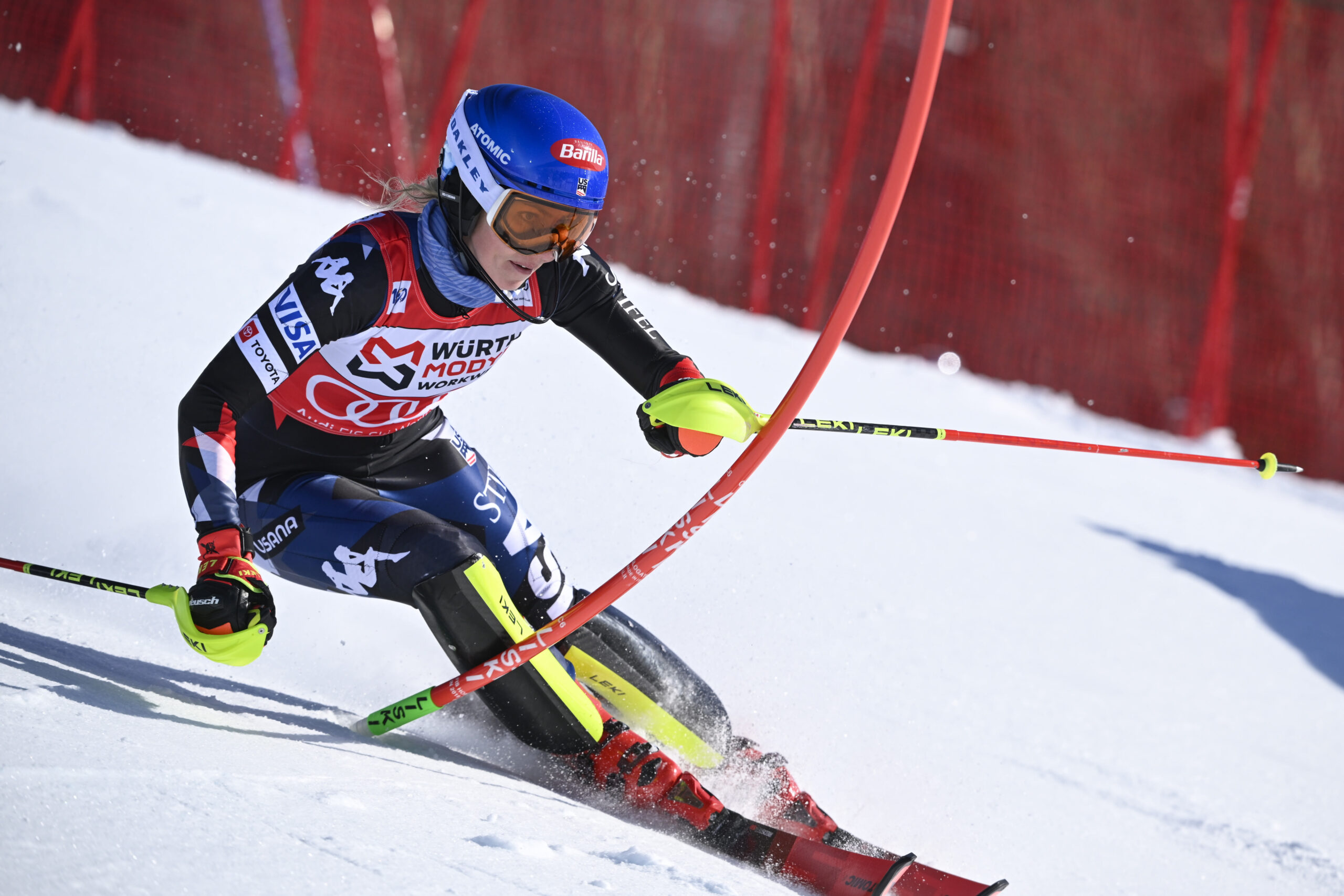
Mikaela Shiffrin: Redefining Strategy for Peak Performance and Injury Prevention
Mikaela Shiffrin, the reigning queen of alpine skiing, has established herself as one of the most dominant athletes in the sport’s history. With two Olympic gold medals and multiple World Cup titles to her name, Shiffrin’s pursuit of excellence continues unabated. However, her journey is not merely about speed and skill; it involves a meticulous refinement of strategy aimed at maximizing performance while minimizing the risk of injury. This article explores how Shiffrin is adapting her approach to maintain her competitive edge in a grueling sport.
The Pressure of Consistency
For Shiffrin, the pressure to perform consistently at the highest level is immense. Every race carries expectations, not only from fans but also from sponsors, teammates, and herself. The demands of the sport can lead to burnout and injury, particularly given the physical toll of alpine skiing. Recognizing this, Shiffrin has taken a holistic approach to her training and competition strategies, focusing on both physical conditioning and mental resilience.
Comprehensive Training Regimen
One of Shiffrin’s key strategies is her comprehensive training regimen, which combines traditional strength training with sport-specific drills. In addition to her on-snow training, Shiffrin has incorporated more functional strength exercises to enhance her overall athleticism. This involves focusing on core stability, balance, and explosive power, which are critical for navigating the diverse terrain of alpine courses.
Shiffrin’s training also emphasizes flexibility and mobility. By integrating yoga and pilates into her routine, she aims to improve her range of motion and reduce the likelihood of injury. Flexibility is crucial in skiing, as it allows athletes to absorb shocks and maintain control during high-speed turns. Shiffrin’s commitment to a well-rounded physical program not only enhances her performance but also prepares her body to withstand the rigors of competition.
Embracing Technology and Data
In the age of technology, Shiffrin is leveraging data analytics to refine her skiing technique. Through the use of video analysis and telemetry, she can scrutinize her performance in real-time. This allows her to identify areas for improvement and adjust her techniques accordingly. By breaking down her runs frame by frame, Shiffrin can pinpoint small adjustments that can lead to significant gains in speed and efficiency.
Moreover, wearable technology provides insights into her physical condition, monitoring heart rate, muscle fatigue, and recovery. This data-driven approach enables her coaching team to customize training loads, ensuring she is neither overtraining nor underprepared. By balancing intensity with recovery, Shiffrin aims to optimize her performance while minimizing injury risk.
Mental Fortitude and Focus
Mental resilience is a cornerstone of Shiffrin’s strategy. The psychological demands of elite competition can be overwhelming, and Shiffrin has recognized the importance of mental health in sustaining her career. She has embraced sports psychology, working with professionals to develop mental skills such as visualization, focus, and relaxation techniques.
Shiffrin’s ability to compartmentalize stress and maintain focus during high-stakes races is crucial. By visualizing her runs and rehearsing positive outcomes, she prepares herself mentally for competition. This mental preparation complements her physical training, fostering a sense of confidence that translates to the slopes.
Injury Prevention Through Smart Training
Injuries are an unfortunate reality in alpine skiing, but Shiffrin has implemented strategies to mitigate this risk. Understanding her body’s signals has become paramount; she pays close attention to fatigue levels and physical discomfort. When training or competition becomes too intense, she is willing to pull back and prioritize recovery rather than push through potential injuries.
Shiffrin has also embraced cross-training as a method to diversify her athletic skill set while reducing the strain on her body. Activities like swimming and cycling help maintain her cardiovascular fitness while providing a break from the repetitive motions of skiing. This balanced approach allows her to stay competitive while preserving her long-term health.
Nutrition and Recovery
Proper nutrition is another crucial element of Shiffrin’s strategy. She understands that fueling her body effectively is essential for peak performance and recovery. Working with nutritionists, she has developed a tailored diet that supports her training demands, focusing on whole foods, lean proteins, and complex carbohydrates. Hydration is also emphasized, ensuring she remains at her best both on and off the slopes.
Recovery protocols are equally important. Shiffrin incorporates techniques such as ice baths, massage therapy, and active recovery days to help her body heal after intense training sessions or races. By prioritizing recovery, she reduces the risk of burnout and enhances her overall performance.
The Role of Team Dynamics
While Shiffrin is the face of her sport, she is supported by a dedicated team that plays a critical role in her success. Her coaches, trainers, and medical staff work collaboratively to create an environment conducive to performance and health. Open communication within this team is vital, allowing for adjustments in training, strategy, and injury prevention protocols as needed.
This collaborative approach extends to Shiffrin’s relationships with fellow athletes. Sharing experiences and insights with teammates fosters a sense of camaraderie and mutual support, which can be instrumental during the pressures of competition.
Looking Ahead: The Future of Shiffrin’s Career
As Mikaela Shiffrin continues to evolve her strategies, the future looks bright. Her ability to adapt to the changing landscape of alpine skiing, both physically and mentally, positions her as a formidable competitor for years to come. While the sport remains unpredictable, her commitment to maximizing performance while avoiding injury could very well redefine what is possible in alpine skiing.
Shiffrin’s journey is a testament to the power of strategy in sports. Through a combination of physical training, mental preparation, technology, and a supportive team, she is carving a path that not only aims for victory but also prioritizes her long-term health and career sustainability.
In a sport where every millisecond counts, Mikaela Shiffrin is not just racing against her competitors; she’s racing toward a legacy defined by resilience, innovation, and a relentless pursuit of excellence. As she refines her strategy, the world will be watching, eager to witness the next chapter in her extraordinary career.





